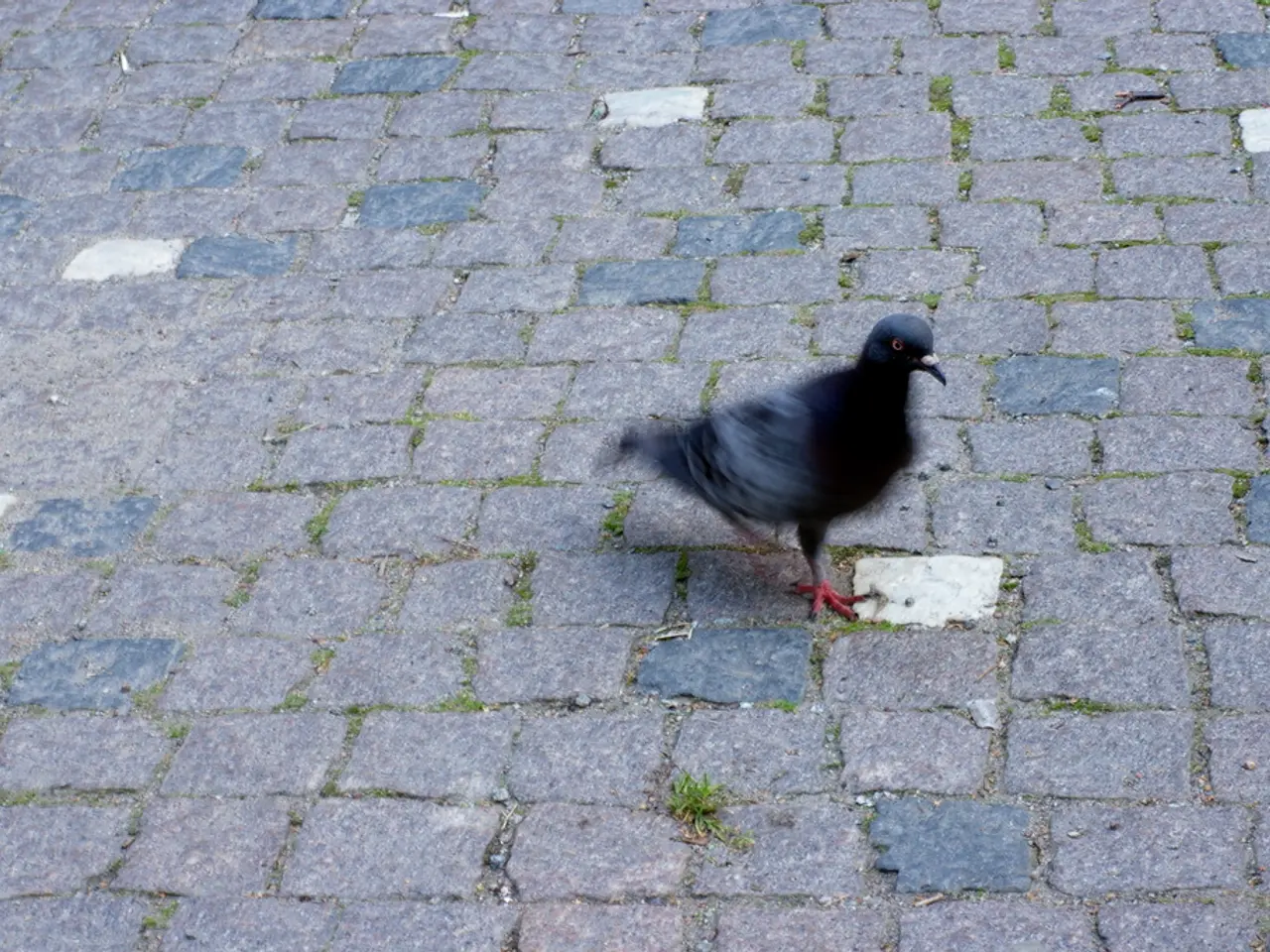Yoga instructor finds solace in specific pose for improving lower back flexibility during sciatica recuperation.
In the world of yoga, the Pigeon Pose, or Ardha Kapotasana in Sanskrit, is renowned for its ability to release tension in the hips and glutes. However, for some individuals, the traditional pose can be uncomfortable, especially those with limited mobility in the lower body or recovering from injury. To alleviate this issue, modifying the Pigeon Pose has become a popular solution.
One individual, inspired by Low Back Ability's adaptation, has modified the pose to enjoy its full benefits without strain. By making a few simple adjustments, the Pigeon Pose becomes more accessible and reduces pressure on the lower back.
To modify the Pigeon Pose, begin by using a yoga block or folded blanket under the hip of the front bent leg. This support elevates and levels the pelvis, preventing the hips from collapsing to one side. It also lessens pressure on the lower back by promoting proper alignment and balanced weight distribution.
Another effective adjustment is adjusting the angle of the front shin. Instead of forcing it to be parallel to the front edge of the mat, let the foot rest closer to the body. This modification reduces intense hip rotation and back strain.
Keeping the back leg bent or tucking the toes under is another useful adaptation. This adjustment reduces lower back compression and makes the pose more accessible.
For those who find it challenging to perform the pose on the floor, a seated version of Pigeon Pose is an excellent alternative. Sit on a chair or the floor, and replicate the leg positions. This modification reduces load on hips and lower back, making it beneficial for those with limited flexibility or pain.
Lastly, focus on maintaining an upright posture during the modified Pigeon Pose. Support the torso on hands or use blocks to keep the spine long and prevent excessive rounding or arching of the lower back.
By incorporating these adaptations, practitioners can maintain the benefits of hip opening while minimizing lower back pressure and making the pose more accessible for those with pain, limited flexibility, or injury concerns.
For beginners, it is recommended to start with basic yoga stretches to boost flexibility, including those for improving spinal mobility and hip stiffness. With practice and patience, the modified Pigeon Pose, and other yoga poses, can become a valuable part of one's daily routine.
- By adopting the Low Back Ability's adaptation, an individual can modify the Pigeon Pose, enabling them to enjoy its benefits for wellness without causing strain, particularly in the lower back area.
- To make the Pigeon Pose more accessible and reduce pressure on the lower back, practitioners can use a yoga block or folded blanket under the hip of the front bent leg, adjust the angle of the front shin, maintain an upright posture, and start with basic yoga stretches to boost flexibility.
- Studies in science have shown that regular practice of yoga, including modified versions like the Pigeon Pose, positively contributes to health-and-wellness, fitness-and-exercise, and enhances flexibility and overall wellbeing.




